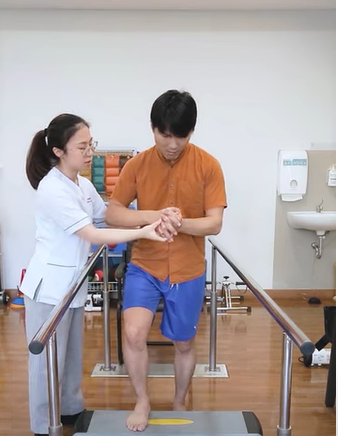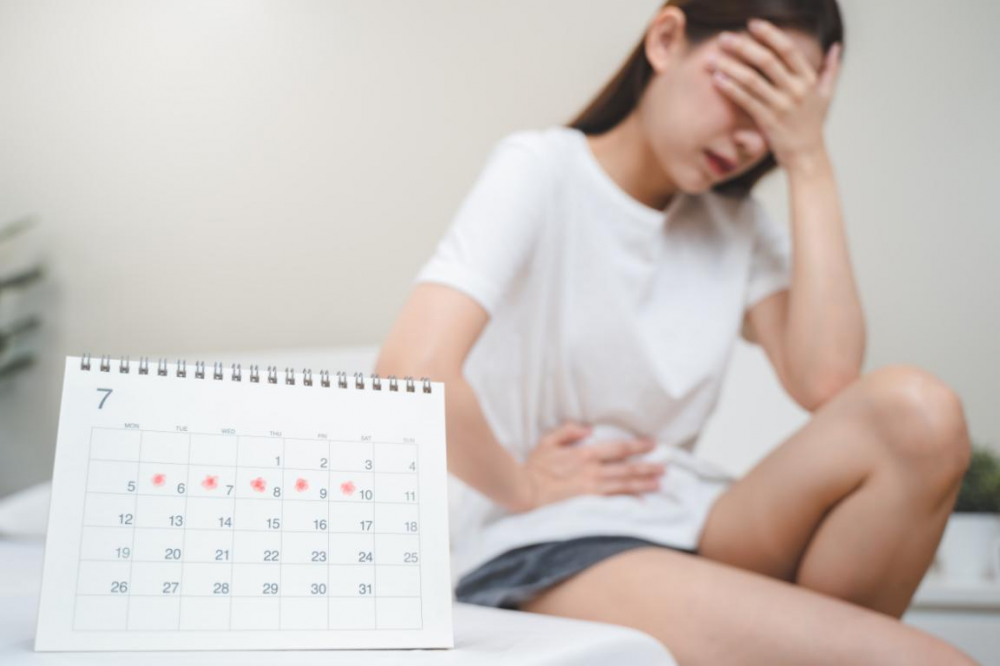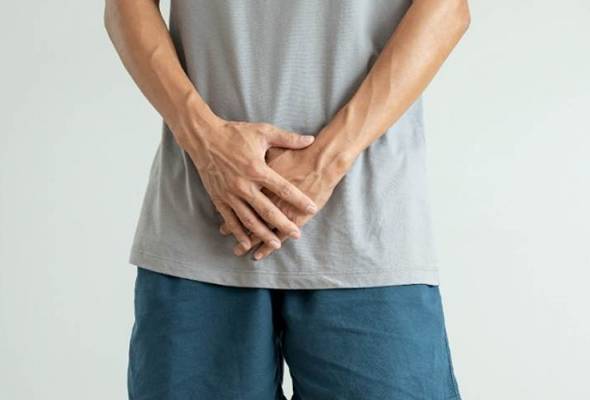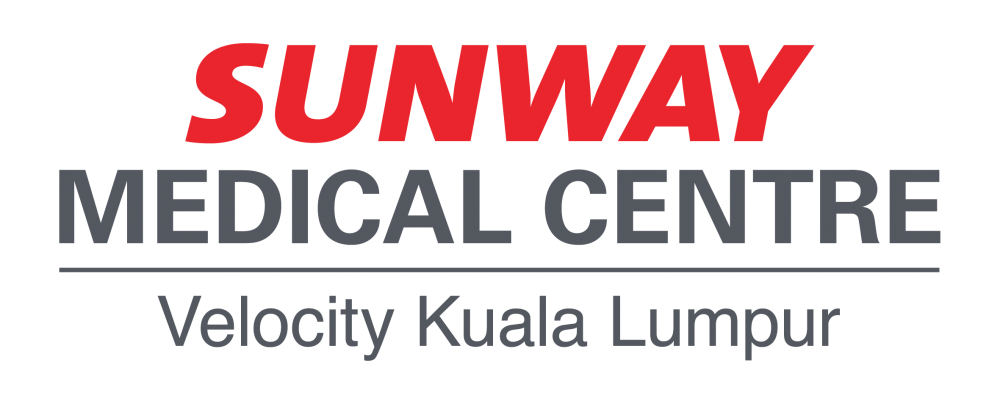Young adults should take proactive measures to prevent strokes

Pix for representational purpose only/REUTERSPix
KUALA LUMPUR: Young adults needs to take proactive measures to prevent strokes from occurring as studies show that stroke cases are on the rise among them, with 15 per cent involving ischemic strokes or blocked arteries.
A stroke, sometimes called a brain attack, happens in one of two ways; a blocked artery (ischemic stroke) or a ruptured artery (haemorrhagic stroke)
Consultant Neurologist and Internal Medicine Physician from Sunway Medical Centre Velocity (SMCV) Dr Kok Chin Yong said healthcare professionals have recognised an increasing trend of ischemic stroke in the younger working group and about 40 per cent of cases requiring hospitalisation were under 60 years old.
He said studies showed smoking, physical inactivity and hypertension besides environmental factors such as air pollution are among the leading factors of stroke.
“Young adults are more susceptible to these risk factors due to their sedentary lifestyle, unhealthy food habits, excessive screen time and increased alcohol consumption.
He added that obstructive sleep apnea (OSA) and illicit drug usage are also often overlooked risk factors contributing to stroke.
Dr Kok also shared that stroke also can be caused by rare acquired risk factors like moya-moya syndrome (a rare progressive cerebrovascular disorder caused by obstructed arteries), anti-phospholipid syndrome (leading to abnormal blood clotting) as well as heart abnormalities.
With a multitude of risk factors that may contribute to stroke, Dr Kok suggests young adults need to adopt healthy lifestyle habits like regular exercise and a well-balanced diet to address those risks.
He strongly discouraged the use of recreational drugs in any way as misuse and overdosing may lead to severe constriction of blood vessels which leads to stroke.
He said the public need to identify and address their stress triggers accordingly, as stress is very common nowadays and it can directly affect to an unhealthy behaviour, which in turn increases the risks of stroke.
“If stress leads to poor sleep, then it is a concern and needs to be addressed. This is because poor sleep itself has an impact on the immune system and causes abnormality in blood and heart issues, which may potentially lead to stroke,” he said.
He said some common symptoms of stroke that should be looked out for are facial drooping, arm weakness, and speech difficulties and the public can use the BE FAST assessment to identify them.
“B for balance issue or dizziness, E for eye or visual problems, F for facial drooping, A for arm or leg weakness or numbness, S for speech disturbance and T for time to call 999. For further assessment, the doctors will use a defined stroke scale like the National Institute of Health’s Stroke Scale to determine the severity of the stroke. The higher the score, the more serious the stroke,” he said.
Additionally, Consultant Rehabilitation Medicine Specialist Dr Foong Chee Choong said treatment and rehabilitation are essential for recovery, but many factors must be taken into account such as choosing the right expertise and tools to aid the process.
“The recovery process and types of treatment will vary, and no two patients will have the same progress. Bearing this in mind, doctors will have to assess the patient’s condition and propose a suitable and effective treatment plan tailored to their needs,” Dr Foong said.
He said age is an important factor in stroke recovery with younger stroke survivors having a better outcome in regaining faster mobility and recovering than the older survivors but the latter will also benefit well from a proper stroke rehabilitation programme.
Meanwhile, he said the use of robotics in stroke rehabilitation allow improvement in walking in as soon as one to three months and allows accurate feedback to improve their motion and function, besides providing various levels of assistance to survivors.
He added that the use of an exoskeleton gait trainer has also been widely adopted in Malaysia for the past decade, which benefits patients with other conditions such as spinal cord injury, paraplegia paralysis of the lower half of the body, traumatic brain injury and many others. -Bernama
BackSuggest to Read









